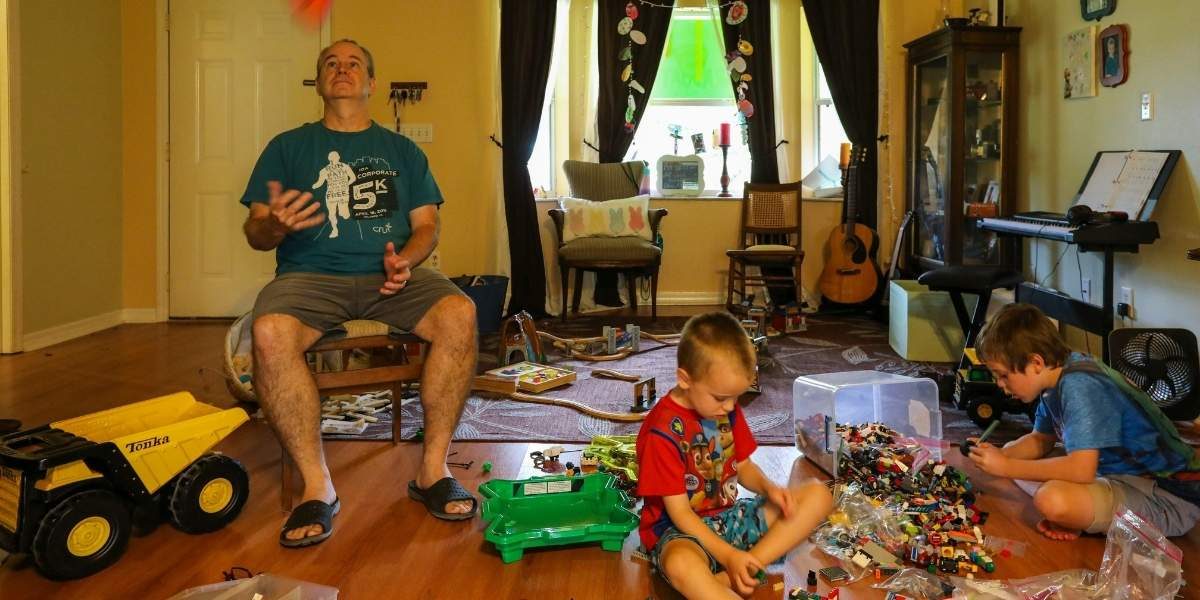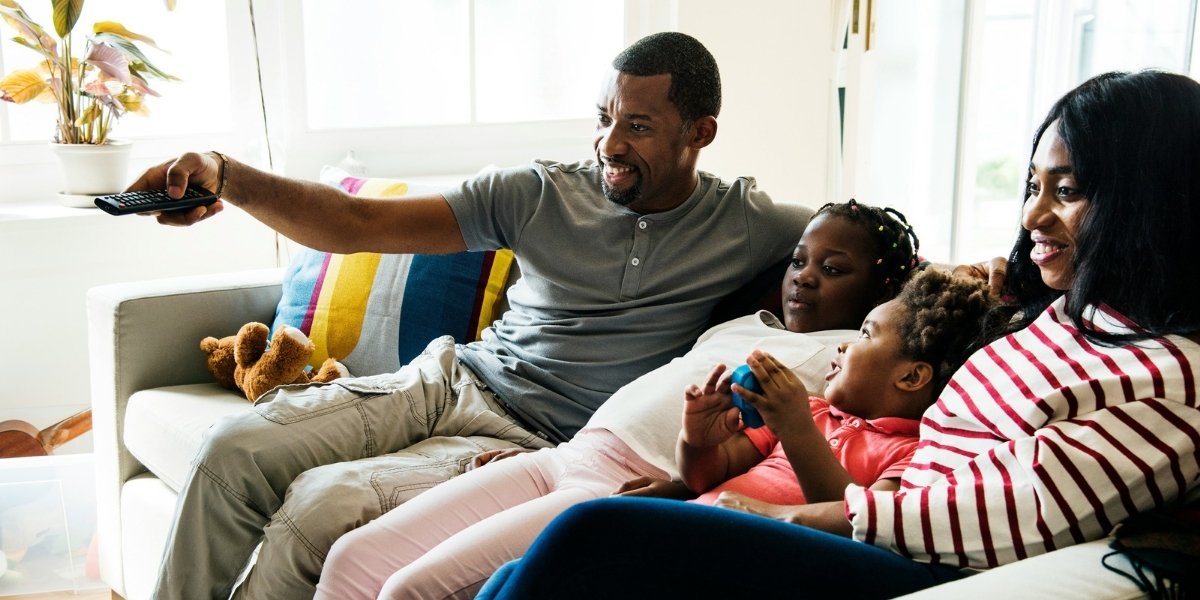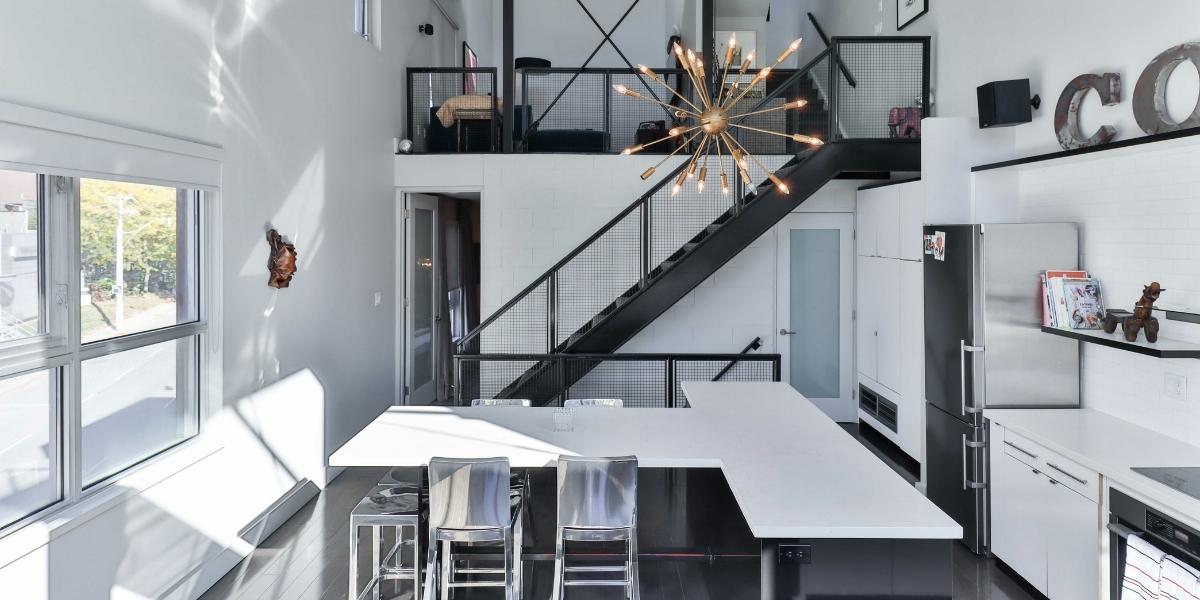How to Update Your Home with Creativity
Creating a kid-friendly space is about more than just safety—it’s about designing an environment that inspires creativity, supports learning, and adapts as children grow. Whether it’s a playroom, bedroom, or shared family area, small updates can transform a space into a fun and functional haven. With the right balance of practicality and imagination, any home can become more engaging for children while still maintaining a sense of style.
Read Also: The Crucial Role of Sports in Nurturing Child Development
How Can Colors and Themes Make a Space More Kid-Friendly?
Color has a powerful effect on mood and creativity, especially in kid-friendly spaces. Soft pastels create a calming atmosphere, while bright, bold colors spark energy and excitement. Experts in child psychology suggest that certain colors, like yellow and green, enhance focus and positivity, making them ideal for play and study areas.
Themed spaces add an extra layer of fun. A nature-inspired room with tree decals and soft green hues brings the outdoors inside, while an ocean-themed space with blue waves and sea creature artwork encourages imaginative play. Choosing removable wallpaper or wall decals allows for easy updates as children’s interests evolve.
What Are the Best Storage Solutions for a Kid-Friendly Space?
A clutter-free space encourages better focus and creative play. Smart storage solutions help keep toys, books, and art supplies organized while making cleanup easier.
Multi-functional furniture, such as storage benches, cubbies, and labeled bins, provides practical organization without sacrificing aesthetics. Open shelving at a child’s height encourages independent access, while clear containers make it easier for kids to identify and put away their belongings.
For shared family spaces, hidden storage—such as ottomans with compartments or under-bed drawers—keeps essentials accessible without overwhelming the room with clutter.
How Can You Incorporate Learning and Creativity into a Kid-Friendly Room?
A kid-friendly space should encourage both play and education. Setting up a designated learning corner with a small desk, reading nook, or chalkboard wall fosters curiosity and creativity.
- A gallery wall for artwork lets kids display their creations, boosting confidence and ownership of their space.
- A low bookshelf stocked with colorful books encourages reading and independence.
- A craft station with easy-to-access supplies invites children to express themselves through drawing, painting, and hands-on projects.
For interactive fun, a magnetic wall or felt board allows kids to explore storytelling, problem-solving, and tactile play without screens.
How Can You Make a Space Safe Yet Stylish for Kids?
Safety is a top priority, but a kid-friendly space doesn’t have to compromise on style. Choosing rounded furniture edges, non-toxic paints, and soft rugs ensures both comfort and security.
Using washable, stain-resistant fabrics for furniture and curtains makes cleanup easier while maintaining a polished look. Area rugs with foam backing or soft mats protect against slips and falls while adding warmth to the space.
For lighting, warm LED fixtures or dimmable lamps create a cozy environment while reducing eye strain during reading or playtime. Cord-free window coverings prevent hazards while letting in natural light.
How Can You Update a Kid-Friendly Space Without Breaking the Budget?
Refreshing a kid-friendly room doesn’t have to be expensive. Simple DIY updates can transform a space without a major investment.
- Wall art made from children’s drawings adds a personal touch.
- Upcycling furniture with a fresh coat of paint gives old pieces new life.
- Rearranging furniture to create better flow makes a space feel refreshed.
- Incorporating removable decals or stickers updates themes affordably.
Focusing on multi-purpose pieces that grow with the child—like adjustable desks, convertible beds, or modular storage—ensures long-term usability.
How Can Outdoor Spaces Be More Kid-Friendly?
Extending a kid-friendly approach beyond indoor spaces allows children to enjoy fresh air and movement. A backyard or patio can become an inviting play area with simple adjustments.
- Chalkboard fences or outdoor easels turn any wall into an art station.
- Soft play mats or artificial grass create a safe play surface.
- Hanging swings or hammocks provide a fun way to relax.
- Gardening areas introduce children to nature while encouraging responsibility.
Portable play tents, balance beams, or mini obstacle courses add an interactive element that keeps kids engaged while playing outdoors.
Read Also: Beyond the Concrete Jungle: Unveiling the Allure of Small-Town America
How Can a Kid-Friendly Space Grow with Your Child?
As children get older, their needs change, and their kid-friendly space should adapt with them. Designing a flexible space with adjustable furniture, neutral wall colors, and multi-purpose decor ensures longevity.
Instead of committing to permanent designs, opting for swappable accessories like throw pillows, bedding, and posters makes it easy to transition from childhood themes to more mature aesthetics. Adding a study zone or tech-friendly workstation helps bridge the transition from play-focused areas to a space that supports learning and productivity.
Encouraging children to participate in decorating decisions also helps them feel a sense of ownership over their space, making it a place where they can thrive.
Published by Drake M.














